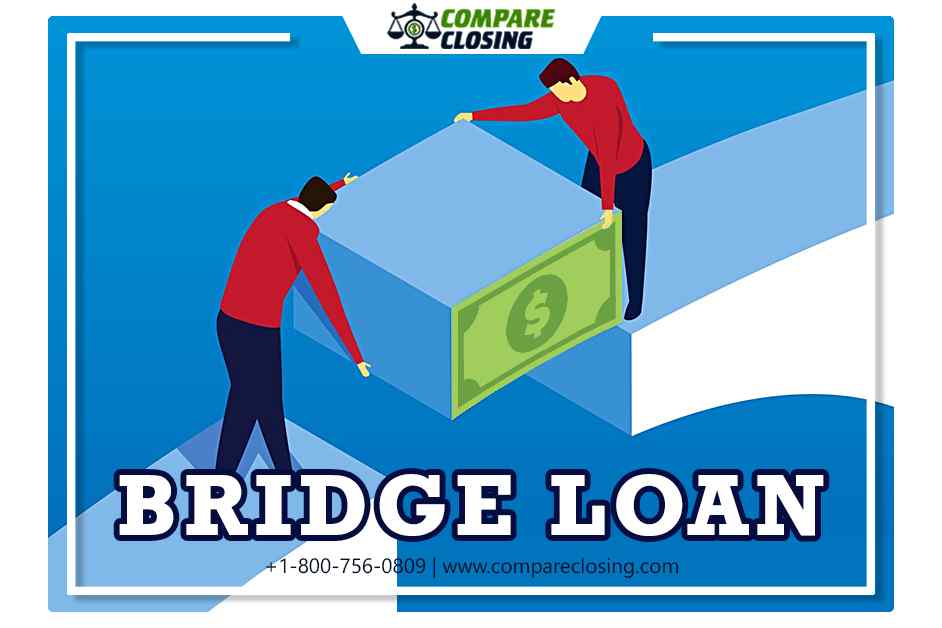Sometimes before receiving money from the sale of their first home it may be difficult for a homeowner to make a down payment on the second home.
In such a situation, the homeowner can take out a bridge loan against their current home and cover the down payment on their new home.
During such times, to “bridge the gap” between the new purchase and the sale of their old home a homeowner can work with their current mortgage lender to obtain a short, 6 to 12-month loan.
All traditional mortgage lenders do not make bridge loans, they’re more commonly offered by online lenders.
Even if bridge loans are secured by the borrower’s home, compared to other financing options they often have higher interest rates similar to home equity lines of credit, because of the short loan term.
Once their first home is sold, the borrower can use the funds to pay off the bridge loan, and thereafter they just have to pay the mortgage on their new property.
If the borrower’s home does not sell within the brief loan term, they will have to make payments for their first mortgage, the mortgage on their new home, and the bridge loan.
Making the bridge loans a risky option for homeowners who are not able to sell their homes in a very short amount of time.





